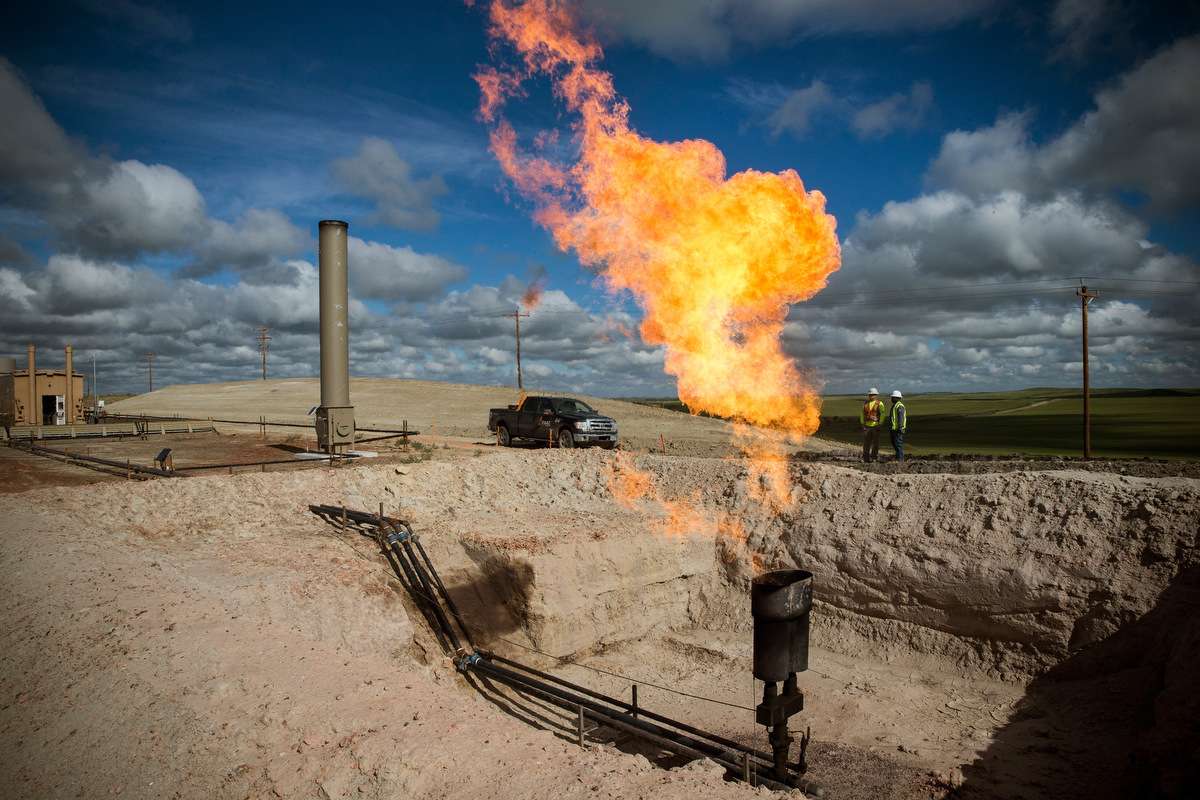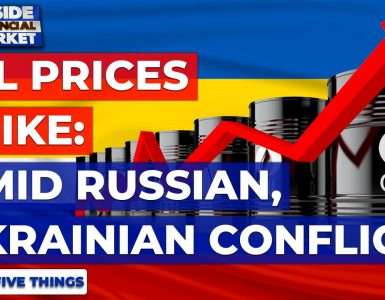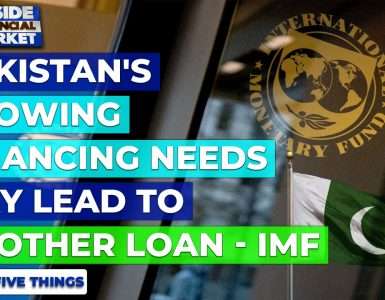The World Bank is aiming to set a global standard to stop the routine unwanted oil wells flaring because of gas, in an attempt to end the pollution and waste of resources that it creates.
The bank’s executives hope to persuade all the world’s largest oil-producing countries and companies to sign up to the plan, arguing that it would both cut greenhouse gas emissions and improve access to energy in low-income countries.
About 140bn cubic metres of gas per year, or about 4 per cent of world production, are burnt off by the oil industry in flares.
The electricity that could be generated using that gas would exceed Africa’s entire power consumption today.
Many large oil-producing countries, including Russia, Norway, Kazakhstan and Angola, and companies including Royal Dutch Shell, State oil and Total, signed up to the initiative launched by the bank in April, pledging for the first time to end routine flaring from oil production sites by 2030.
Those producers are responsible for about 40 per cent of the world’s flaring.
However, several other large oil-producing countries, including Saudi Arabia, the US, Canada and Nigeria, and companies including ExxonMobil and Chevron, have not yet endorsed the plan.
Anita George, the World Bank’s senior director for energy, said she wanted the commitment to end flaring to become a “de facto global industry standard”.
She added that the bank was “working very closely with a number of other countries” about joining the initiative. The flaring project is intended to be an important part of the bank’s contribution to the Paris talks on an international agreement to tackle climate change, which start on November 30.
When unwanted “associated” gas is released during oil production, burning it off in a flare is often the easiest way to dispose of it safely. But flares generate local pollution, including black carbon — a component of soot — as well as heat, light and noise.
140bn cubic metres of gas per year, or about 4 per cent of world output, burnt off by oil industry in flares
They also contribute to the threat of global warming by releasing carbon dioxide, although unburned gas vented into the air has a more potent effect, and waste resources that could be put to productive use.
Russia has been by far the world’s largest waster of gas in this way, according to World Bank data, followed by Nigeria, Iran and Iraq.
Flaring rose sharply in the US as a result of the shale oil boom that began in 2010, in spite of efforts to control it. Natural gas vented and flared in the US rose from 4.7bn cu m in 2010 to 7.4bn cu m in 2013, according to the country’s Energy Information Administration.
Saudi Arabia has flared relatively little: it was the world’s ninth-largest flarer in 2012 — the most recent year for which data are available — despite being the second-largest producer of crude oil, behind Russia.
Persuading Russia, which is suffering financial strain because of low oil prices, to join the initiative has been a significant success for the World Bank, but it still needs to persuade many of the other leading countries for flaring to come on board.
Several European countries, including Britain, Germany and the Netherlands, have also not yet endorsed the commitment.
Chevron said it was “actively evaluating the appropriate role for Chevron to take in this initiative”. It and Exxon are part of an earlier World Bank project, the Global Gas Flaring Reduction Partnership, which works on finding ways to make use of associated gas.
Exxon has made a commitment to end routine flaring from new projects. However, it says in a statement on its website that it needs “business environments with the right conditions, including available markets, nearby infrastructure and appropriate regulations” to capture gas instead of flaring it.
It adds: “Many of these conditions are not currently available in some locations where we operate.”










